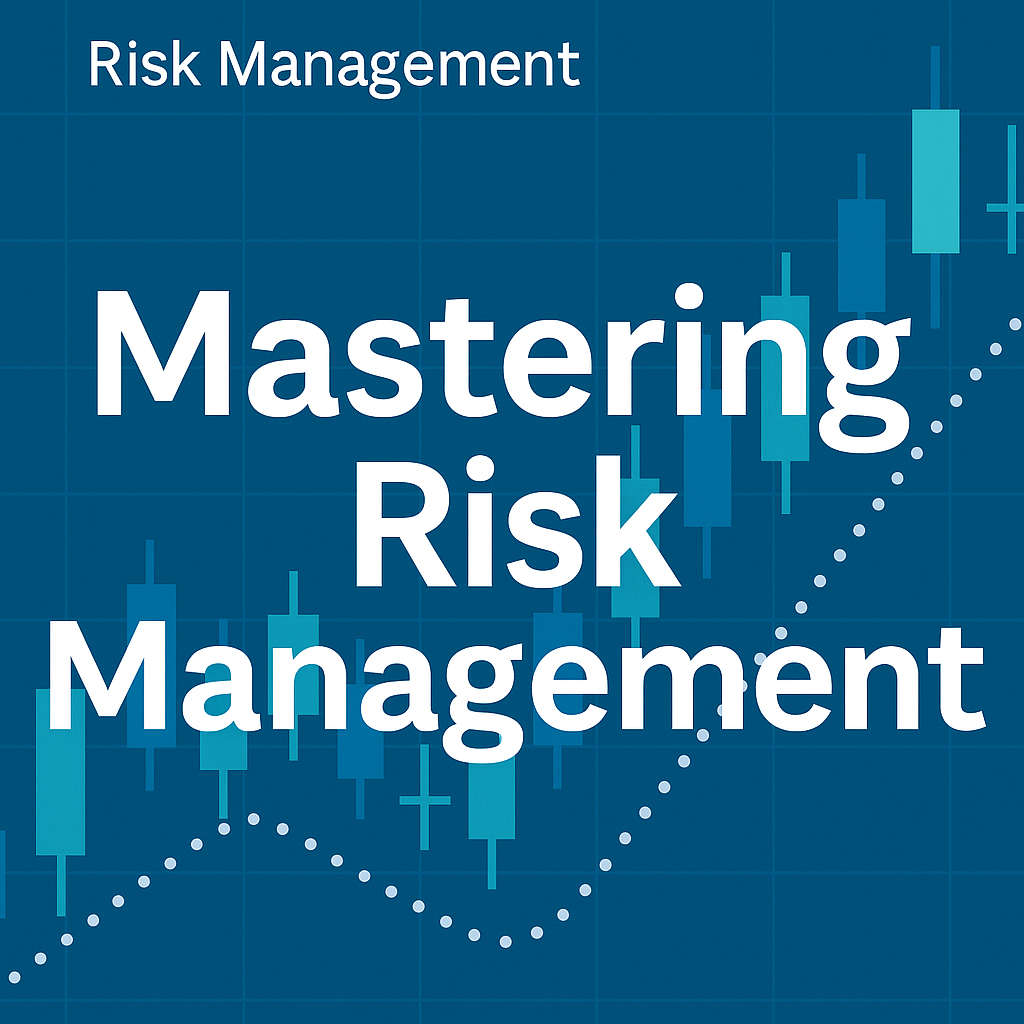Stock Market Beginner’s Weekly Guide: Trading Tips, Indicators & Strategies : Week 5 – Day 2
By CapitalKeeper | Pre Market Opening | Indian Equities | Market Moves That Matter
Week 5 – Day 2: Mastering Risk Management
Series: Advanced Trading Psychology & Risk Mastery – CapitalKeeper
📘 Objective:
To equip traders with practical risk management strategies that protect capital and improve long-term profitability.
✅ What You’ll Learn:
- What is risk management in trading?
- Capital allocation techniques
- How to set proper stop-loss and position size
- Understanding Reward-to-Risk Ratio
- Mistakes to avoid in risk management
🧠 Understanding Risk Management
Risk management is not about avoiding risk altogether — it’s about managing it smartly. Even the best strategy will fail without proper risk controls. Successful traders control losses while letting winners grow.
💼 Capital Allocation Techniques:
1. The 2% Rule:
Never risk more than 2% of your total capital on a single trade.
🔹 Example: If your capital is ₹1,00,000, your maximum risk per trade = ₹2,000.
2. Portfolio Diversification:
Avoid putting all capital into one asset or sector. Spread risk across 4–5 themes or instruments.
3. Core-Satellite Approach:
Keep 70–80% in stable trades/investments (core) and 20–30% in high-risk/high-reward setups (satellite).
📊 Reward-to-Risk Ratio (RRR)
RRR helps you determine if a trade is worth taking.
Example:
- Risk = ₹20
- Potential Reward = ₹60
- RRR = 1:3 (Excellent Trade)
💡 Always target minimum 1:2 RRR in intraday/swing trades.

📉 Setting Stop-Loss and Position Size
🛑 How to Set Stop-Loss:
- Based on volatility or previous support/resistance levels.
- Never place SL too close or too wide.
- Use ATR (Average True Range) to calculate ideal SL.
📏 Position Sizing Formula:
mathematicaCopyEditPosition Size = (Account Risk % × Total Capital) / (Entry Price – Stop Loss)
Example:
- Capital: ₹1,00,000
- Risk per trade: 2% = ₹2,000
- Entry: ₹500, SL: ₹480
- Quantity: ₹2,000 / ₹20 = 100 shares
⚠️ Common Risk Management Mistakes
- Ignoring stop-loss and averaging down blindly
- Overleveraging in F&O
- Risking more on a “sure-shot” setup
- Not adjusting size based on volatility
- No risk plan for gap-downs or news-based volatility
🧩 Risk Management in Different Trading Styles:
| Trading Style | Risk Profile | SL Discipline | Leverage |
|---|---|---|---|
| Intraday | High | Very tight | Low |
| Swing | Medium | Defined via chart | Moderate |
| Positional | Medium-Low | Wide SL | Low |
| Options | High | Time + Price SL | Medium-High |
💬 CapitalKeeper Tip:
“Risk management is the backbone of consistency in trading. A small leak can sink a big ship. Protect your capital like it’s your business inventory.”
🔐 Bonus Tools for Risk Management:
- Trading Journals (Excel/Apps)
- ATR Indicator
- Position Size Calculators
- Volatility scanners
📈 Practice Task:
Use your previous 5 trades and calculate:
- Risk per trade
- RRR
- Position sizing accuracy
📌 For daily trade setups, technical learning, and smart investing tips, stay tuned to CapitalKeeper.in
📌 For more real-time updates, trade setups, and investment insights — follow us on [Telegram] and [WhatsApp Channel] subscribe to our newsletter!

📌 Disclaimer
The content provided on CapitalKeeper.in is for informational and educational purposes only and does not constitute investment, trading, or financial advice. While we strive to present accurate and up-to-date market data and analysis, we make no warranties or representations regarding the completeness, reliability, or accuracy of the information.
Stock market investments are subject to market risks, and readers/investors are advised to conduct their own due diligence or consult a SEBI-registered financial advisor before making any investment decisions. CapitalKeeper and its authors are not liable for any loss or damage, direct or indirect, arising from the use of this information.
All views and opinions expressed are personal and do not reflect the official policy or position of any agency or organization. Past performance is not indicative of future results.By using this website, you agree to the terms of this disclaimer.
















Leave a Reply